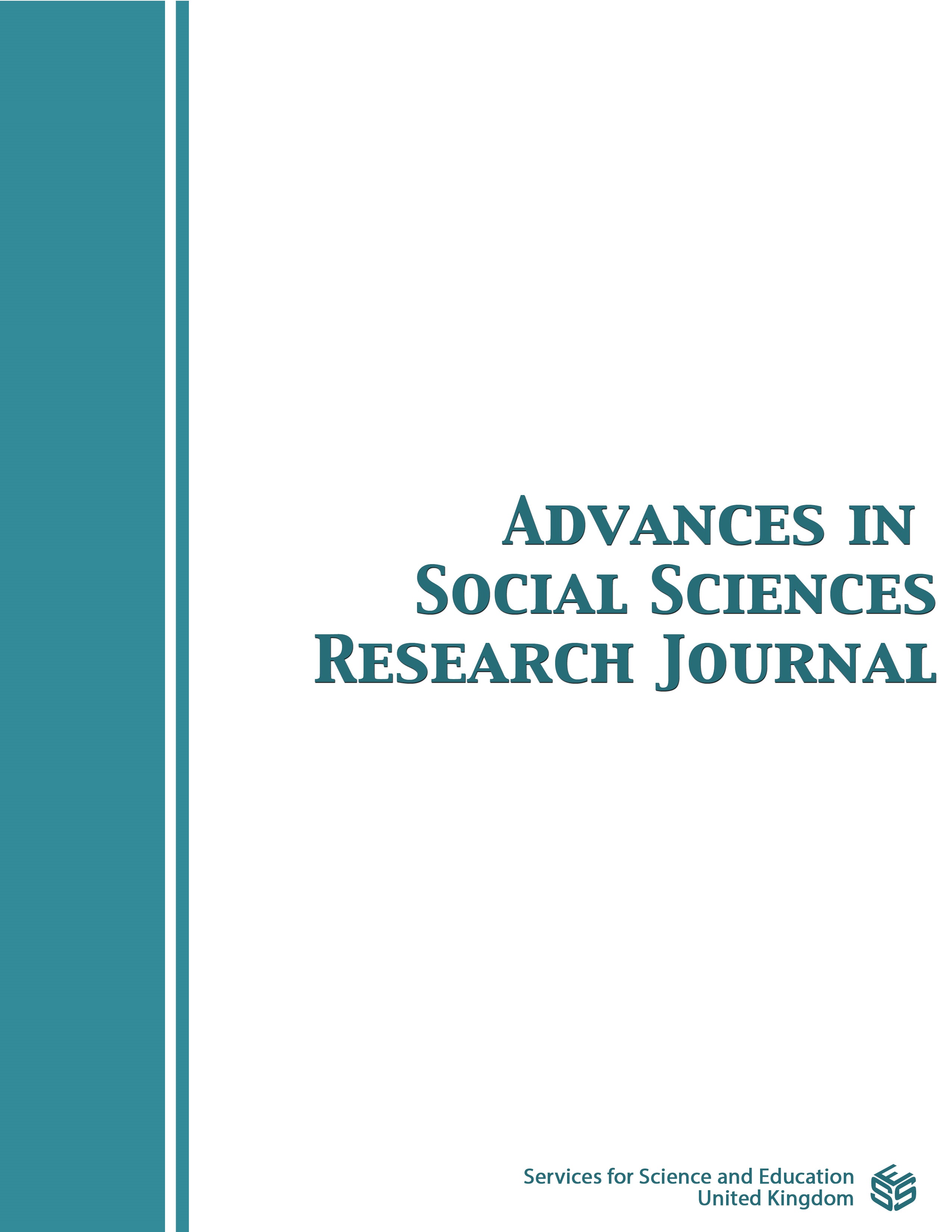Henri Bertin’s Collection of Chinese Artifacts: Sino-French Cultural Exchange in the18th Century
DOI:
https://doi.org/10.14738/assrj.101.13740Abstract
Henri Bertin (1720-1792) was the French Minister of the State in the mid-eighteenth century. His correspondence with missionaries in Beijing was gathered together and made into sixteen volumes of Mémoires concernant les Chinois. This series of books is a crucial source of communication between China and France in the eighteenth century. Along with correspondence sent back and forth, they were also accompanied by Chinese artifacts. Mainly there were two aspects as follows. One is a collection of natural rare objects (naturalia), such as plants. The other is that of precious objects from ancient times (artificialia), such as musical instruments, military weapons and military uniform. Such a collection of Chinese artifacts indicates that Henri Bertin had the intention to build up a construct of knowledge connected to the origin of ancient Chinese culture and Chinese natural science, which is the beginning of Sinology in France. The missionary Jean Joseph Marie Amiot (1718-1793) sent a large number of objects such as musical instruments, ink sticks, tea wares, seeds, and pictures of peonies in order to meet Bertin’s requirements. Bertin also introduced various kinds of Chinese technical models, especially in applied art, agriculture, pottery and crafts for the improvement of France’s high-level official craft workshops. Meantime, a craft market selling objects from Sino-French trade was hoped to start up in China. There are two aspects that this study will explore. First, the Chinese or French artifacts in Sino-French exchange reflected questions of the fellow of the French Royal Academy. For example, the issue regarding rituals of Chinese origin could be better understood through studying the jade musical instrument and ritual music sent to France by missionaries. Second, those palace crafts under the influence of Sino-French exchanges are different with past Chinoiserie in the Rococo style, producing the new model crafts both in imitation of Chinese classical and empirical prototypes. Combined with the imitation of antique Greek styles and related to the French Royal Academy’s discussion on the background of various origins of civilization among ancient artifacts, there is special interest in the Chinese origin of classical theory, echoing the fashion of antique artifacts in the Qianlong period.
Downloads
Published
How to Cite
Issue
Section
License
Copyright (c) 2023 Chao-ying Lee

This work is licensed under a Creative Commons Attribution 4.0 International License.
Authors wishing to include figures, tables, or text passages that have already been published elsewhere are required to obtain permission from the copyright owner(s) for both the print and online format and to include evidence that such permission has been granted when submitting their papers. Any material received without such evidence will be assumed to originate from the authors.






